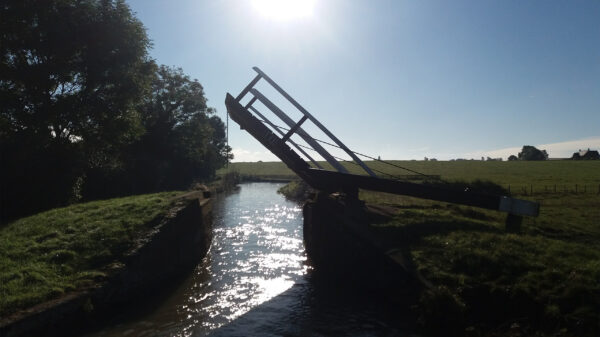What to Consider
A designated turning space to one side of a canal or navigable channel should provide for the longest and widest boat likely to be navigating the particular section of waterway. Because some of these features (together with junctions to arms etc) have been lost or restricted over the years, the following notes describe suggested basic minimum requirements when considering future provision.
Specification Introduction
The term ‘winding hole’ is normal in the ‘narrow’ canal network, and on adjoining broad canals, for a space in which to turn a boat. Nearer the coast and on navigable rivers, nautical terms such as ‘swinging area’, ‘turning space’ or just ‘wide’, are found. On rivers, turning space varies a great deal, often boats can turn anywhere along the main course of the channel, or at the confluence of tributaries, etc. A designated turning space to one side of a canal or navigable channel should provide for the longest and widest boat likely to be navigating the particular section of waterway. Because some of these features (together with junctions to arms etc) have been lost or restricted over the years, the following notes describe the basic minimum requirements when considering future provision.












